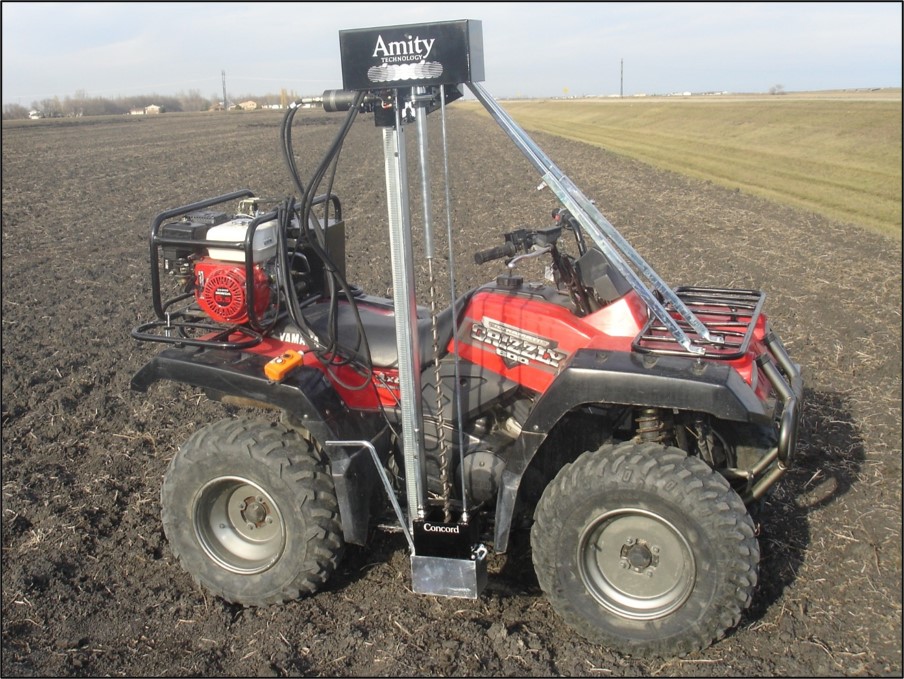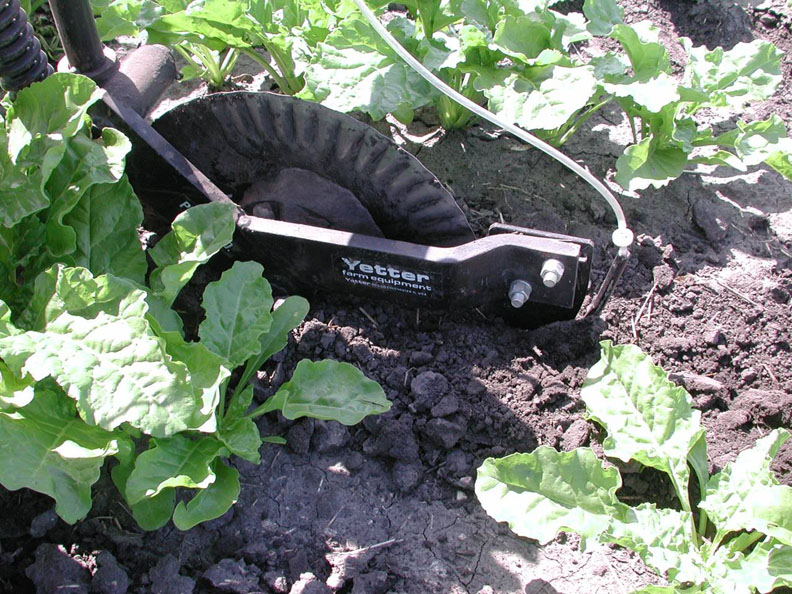Strategic Planning Helps Minimize the Uncertainty of #GROW22

Uncertainties abound going forward for the planting season and almost certainly throughout this 2022 growing season. According to the USDA, university extension specialists, and other experts, this will probably continue into the 2023 crop year and maybe even beyond. Between the war in Ukraine, drought in South America, and the long-standing weather risks that farmers face each growing season, there’s no shortage of contributors to an already long list of stressors. Strategic short- and long-term crop planning can remove some of the anxiety of uncertainty going forward.
Sound input management demands knowledge
Global supply chain issues have headlined the news in 2022 and along with it the resulting glyphosate and glufosinate shortages. Other pesticides may be in short supply or even be unavailable for 2022. Therefore, fuel, labor, seed, pesticide availability, and the price of these inputs must be considered. Seek advice—get all the input possible from every source of expertise at your disposal. Bankers, other lending agencies, agronomists and crop consultants, commodity brokers, and university experts have a wealth of perspectives to draw from. Knowledge will be power going forward. (Check out our Q&As on glyphosate and glufosinate for additional insight.)
Mind your Ps and Ns: Soil Nutrient Management
When it comes to a proactive crop treatment plan, the first place to begin is to be confident in your fertilizer management practices and that starts with knowing the nutrient levels of your soil. If you don’t know what they are, do a soil test this spring.

Here are a few things to keep in mind to help you better manage input decisions for different crops once you have the results:
Nitrate (N)
- Sugarbeets and sunflowers root deeply to 4-6’ or more, so be sure you know nitrate (N) levels to 4’ deep for these crops
- Deeper residual nitrogen will be utilized if soil water is available at these depths
- This “deep” nitrogen could reduce the need to apply N fertilizer as in the past
- Corn can certainly use nitrogen in the 3-4’ depth of the soil profile as well
- Know what you have in the soil to maximize use of expensive nitrogen fertilizer
- Consider applying about 75% of anticipated crop needs then apply additional needs once yield potential is better understood. For example, once the crop is in and spring weather variants have passed, you’ll have a better view of the crop needs.
- Planting date, stored soil water, plant populations, soil type productivity are just some factors to consider in terms of yield potential
- Late planting = lower yield potential and vise versa
- Lower than normal stored soil water = lower yield potential
- Low plant population = lower yield potential and less N needed and vice versa
- Soil productivity index (for newly farmed/rented land) also provides an indication of yield potential and fertilizer requirements
With this knowledge in hand, you’ll be better equipped to decide whether to apply the remaining 25% or just 15%, for example.

Phosphorous (P)
- Phosphorus fertilizer application could be skipped for one or two years if field soil test values are in the high or very high categories with very minimal or no effect on crop yields
- Use of starter fertilizers can be all that is required and save broadcast fertilizer
- Banding of P fertilizer is more effectively used by roots and less P fertilizer required
Pesticides
Pesticide price and availability are also of major concern in some instances.
- Consider switching to effective soil-applied herbicides and saving more field passes with post-emergent (POST) applied herbicides
- The same option might be true for insecticide use. Bacillus thuringiensis (Bt)-type insect pest control options might eliminate costly POST insecticide applications, saving expensive diesel fuel also.
Fall preparation is the key to success
Harvest season may seem like a far way off, but having a plan for how you will harvest and prepare the soil for winter, can impact the choices you make this spring. All will contribute to better soil health for the next growing season.
Fall planning considerations include:
- Crop drying inputs – Variety selection can be important. Some dry down faster than others. Longer maturity length varieties may require more crop drying and therefore high cost propane, especially if fall weather is unfavorable for drying in the field.
- Harvesting efficiencies – Take time to fine-tune your combine to minimize yield loss at harvest. Different varieties may require tweaking combine settings and operations as you change fields.
- Tillage options – Reduced tillage practices that save fuel and other inputs, and that don’t impact yields should be evaluated for use on your farm. For rented land consider what the landowner prefers/requires for tillage and fertilizer management practices. Remember the severe soil erosion that occurred this winter and prevent it from occurring in the future. Know what government and industry options are available for adoption of cover crop use and other practices and what compensation is available.
In addition, land rental agreements and marketing decisions with volatile markets must be considered. Many reputable marketing companies offer services that could prove invaluable.
Stress comes with the territory when farming. Don’t carry the burdens alone. SEEK HELP when life starts to feel overwhelming, before it impacts the farm and family. Here in the Red River Valley, there are a number of resources available including:
- North Dakota State University: Farm and Ranch Stress Resources
- ND Department of Human Services
- Minnesota Farm and Rural Helpline
As well as national programs like:
Pastors and professionals stand ready to walk alongside everyone in the ag industry going forward likely for several tumultuous years.





